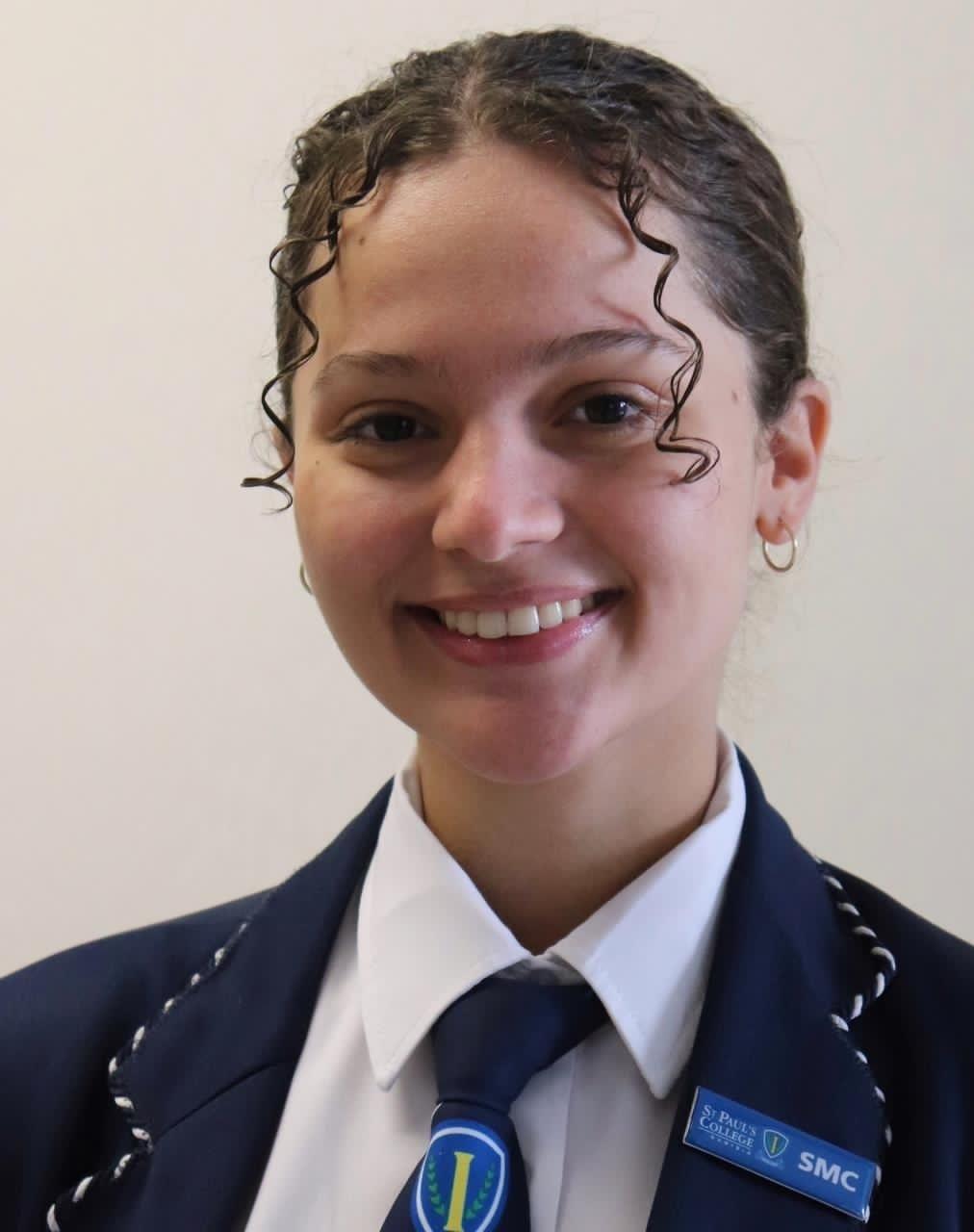First NSSCAS results announced
5007 sat for AS level national examination
Enzo AmueleOtjiwarongo
A year after the introduction of the Advanced Subsidiary (AS) level in some Namibian schools, the first results were announced on 2 February 2022.
According to the minister of education, arts and culture, Anna Nghipondoka, the ministry introduced the AS level in schools after they noticed the expansion of offering subjects on higher level proved to be problematic and that concern was debated at the education conference of 2011.
“The problem persisted with both curricula (NSSCO and NSSCH) running parallel because about 90% of schools limited themselves to only offer ordinary level while depriving learners the opportunity to take up subjects on a higher level,” she said.
Nghipondoka added that the AS curriculum aims to equip candidates with in-depth subject knowledge, high-order thinking and analytical skills and ultimately prepare them to become better first-year university students.
Benefits of AS
The minister also highlighted the benefits of AS level as follows:
1. AS level presents many learners a valuable opportunity to remain in school after the completion of NSSCO in Grade 11.
2. It saves the institutions of higher education, in particular, the cost of funding for bridging courses.
3. AS Level increases candidates’ chances to access international universities and with a greater success rate.
4. Compared to NSSCH (higher level of old curriculum) many schools are now offering the AS curriculum, which resonates with the ministry’s pillars of access and equity.
5. The candidates who graduate with an NSSCAS certificate are better prepared to handle the pressure and academic stress in their first year of tertiary studies.
Statistics on AS level
According to the minister, a total of 5007 candidates sat for their Advanced Subsidiary Level National Examinations in 28 subjects at 102 full-time centres.
A total number of 4 592 and 415 candidates wrote at 88 public schools and 14 private schools respectively.
“More symbols were obtained at the A-C side, with the peak at C grade. This is the sound picture that any education system expects to see and one which we as a ministry must not just strive towards, but work very hard to improve over the years,” she said.
Nghipondoka urged all the regional and school leadership to go back to the drawing board in terms of the selection of schools to offer NSSCAS level.
“It is crucial to comply with candidate selection requirements. The class of 2021 has set the pace and a high standard. Therefore, we need to redouble our efforts to ensure that the performance continuously improves over the years,” she concluded.





Comments
My Zone
No comments have been left on this article